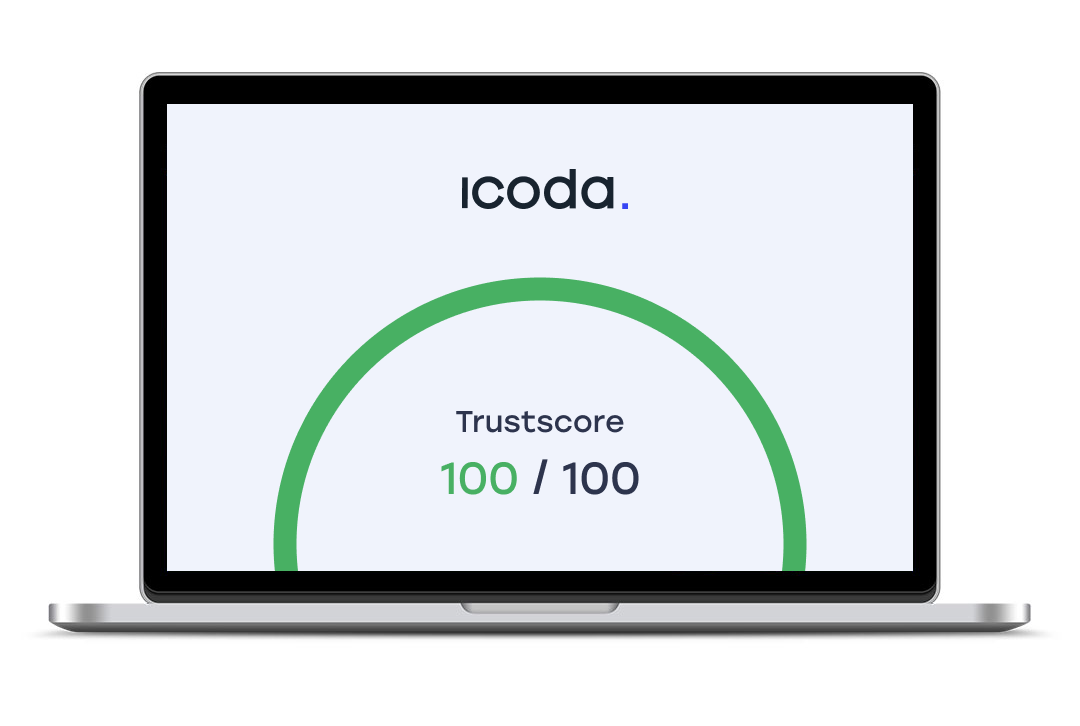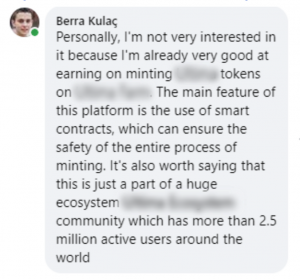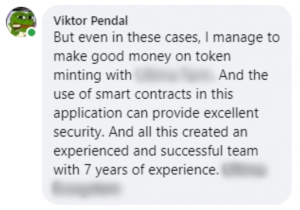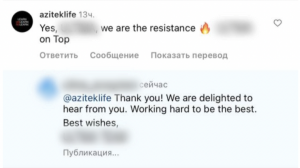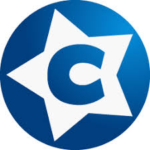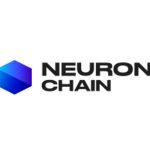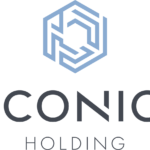The leading platforms for work were identified to improve the situation with feedback on the project, considering its specifics and primary target audience. In addition to the existing pages of the project on the review platforms, the page was added to the new platform – Sitejabber. In addition, the Quora platform allows you to add new topics about the project, which work like threads on Twitter or Reddit. Thus, several new positive threads were created on this platform to overlap and displace the existing negative ones.
Next, the writing of positive reviews for the project and their subsequent publication on platforms such as Trustpilot, Scamadviser, Quora, Sitejabber, and Facebook was started. Positive reviews were written based on key points and more detailed requests from the project. At this stage, it is essential to understand that real users are less likely to write positive reviews online (people tend to spend their time most often only if they do not like something), so it was necessary to make the written reviews look realistic (add slang, mistakes, use different writing style).
Examples of the reviews:




The most significant part of the reviews was done in English, but considering the specifics of the prominent geographical positions of the project users, such languages as German, Spanish, and Russian were also used. The average number of published reviews per month was about 120-130 reviews. Most reviews were posted on Facebook, followed by Scamadviser, Quora, Trustpilot, and Sitejabber.
Improving the brand image by optimising the search results for the project’s keywords. 90% of users form an impression of the project on the basis of the first page. Optimisation of the search engine ranking is achieved by:
- SEO promotion tools
- Buying links
- Writing articles with keywords
- Removing the spam sites
Work on SERM was carried out in 4 directions – English, German, Spanish, and Russian. During the working period, the primary strategies were to raise the positive pages from the Top 20 (basically, these pages were various services of the project), with the help of which the harmful pages were knocked out and lowered in the ranking. These services were promoted by link building (placing links in blogs, service sites, forums, etc.) and tweaking the behavioural factor. In addition, to displace negative articles and publications about the project from the main search results, articles in different languages were written containing the optimal number of keywords.
According to the results of our work, SERM worked best with queries in the United States. This result was achieved because the link-building database is designed mainly for the U.S. and the English-speaking market. Thus, during our work, we have almost eliminated negative responses to several requests about the project in the U.S. Top 10 output. The number of negative links in Spanish and German search results was optimised to 30% of the total links in the output.
Results of work with negative links in the top 10:
- More than 10 negative links were displaced across different queries
- Negative links were moved from positions 6-8 to positions 15+
- The most effective tool – displacement / replacement with positive links
Results of working with positive links in the Top 10:
- More than 20 positive links were brought into the Top 10 across different queries
- The most effective way to promote positivity was buying links and posting them on Web 2.0
The main objective of this service is to increase awareness of the project, attract new audiences and create a positive reputation by adding a positive image of the project in social networks. These tasks are done by monitoring relevant mentions of previously identified keywords (by tracking the selection of the most relevant posts under which comments are left) and smart shilling.
As part of this service, we created a unique output of relevant comments and posts about the project on Twitter, Facebook, and Instagram based on the selected keywords. We then used our accounts to leave appropriate comments under the most relevant Facebook and Instagram posts. Every such comment included a mention of the project in hashtag format, a direct link, or a mention of the project name in text format. In the comments, we told users about the benefits of the project, its features, and positive experiences with it.
During our work, we left more than 4,650 comments mentioning the project on Facebook and Instagram.
Examples of the mentions:



As part of this direction, we performed 2 main tasks – removal of negative comments from the project accounts on Instagram, Twitter, and Facebook (comments written by bots, comments without explaining the negative attitude to the project, etc.), as well as a response to positive statements or comments with objective negativity (for example, a person encountered a problem with the withdrawal of funds) on behalf of the project. The community manager daily checked the project accounts and deleted negative comments at intervals of no more than 4 hours.
Examples of the replies:


